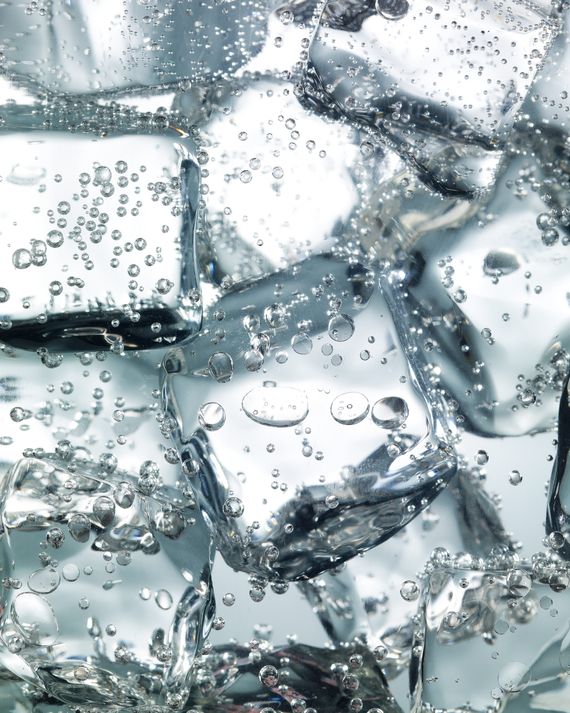
Embrace the seltzer. Touch the bottle. Focus on it. The little sssszzhh that escapes when you twist open the cap. The bubbles that are sharp but still playful, like the touch of a kitten’s paw. A flavor that is not quite nothing, but also not quite something, like the void you have where your soul used to be. Maybe your seltzer tastes like a strawberry, or a lime, or a pamplemousse.
Swallow it. Let it hydrate you. Let it give you life.
Others have said that this past decade was ruled by Obama, or avocado toast, or perhaps Lana Del Rey. But the truth is that no person or no thing won the decade like seltzer won the decade. The bubbles are here; they are there. They are everywhere. Seltzer is not only the drink of the decade. Seltzer is the entire mood of the 2010s.
Some numbers: Spindrift debuted in 2010, and 2011 was when the great Seltzer Boom truly took off. Over the next five years, sales of sparkling water increased by 70 percent. Like bubbles floating to the surface, the rise continued unabated: From 2015 to 2016, sparkling-water sales swelled by 16 percent while, that same year, LaCroix sales surged nearly 73 percent. In 2018, Poland Spring and Pepsi each rolled out sparkling-water brands. Coca-Cola bought Topo Chico. Spindrift is ascendant.
Even a coconut-flavored seltzer that actually tastes like sunscreen mixed with pool water (which debuted in 2011) managed to find fans this decade. The cans — always pastel, no matter which brand you choose — were made for Instagram before there even was an Instagram. It has a vague sort of wellness energy. It got the Letter of Recommendation treatment. In 2015, the Awl — then the blog of record for smart people who spend too much time online — published its official LaCroix rankings. In 2016, Vice published the now-classic story, “Portraits of Brooklynites Flocking to Massive LaCroix Wall in New Whole Foods.” The Strategist investigated, in painstaking detail, the best way to order it.
Seltzer is to the 2010s what PBR was to the 2000s: inseparable from youth culture in the minds of anyone older than 35, especially if they babble on about “real Americans.” Seltzer — LaCroix, specifically, for a time — threatened to define a generation. And like any gateway drug, LaCroix spread the good word of seltzer to those not raised on it. (Author Carmen Maria Machado credits the brand with turning her into a seltzer fiend who now cannot live without bubbles.)
Still, it wasn’t just straight seltzer that boomed. The the 2010s were high times for all bubbles. The effervescent wine pet-nat was on the rise in 2013. The Aperol Spritz became the new king of cocktails. People added tonic water to espresso, and Manhattan Special paved the way for new-school coffee sodas like Keepers. Well-made highballs are just seltzer with some booze. Recess is seltzer, but CBD. Hard seltzer is seltzer, but hard. (It is also, like an invasive species, taking market share away from its bubbly cousin-in-law, beer.)
Each day, the world gets more confusing and maddening and inexact; seltzer offers something like precision. Bubbles. Maybe some fruit. It is the same every time. Seltzer is clarity among the chaos.
Of course, every good bubble will burst. LaCroix sales tanked earlier this year and now there are calls for the end of seltzer in general. There may be no place left for seltzer to even go, and that is probably fine. We’ve lived through a Golden Age of Seltzer, and we realized that, no, water doesn’t have to be boring. It’s been ten years of all-seltzer-all-the-time, and every sip has felt like a party.





